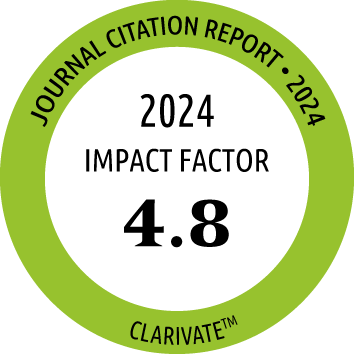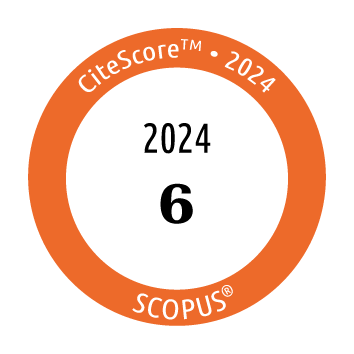| Return to Contents in this Issue | |||||||
Original Article |
|||||||
|
Oral Immunotherapy in Children With IgE-Mediated Wheat Allergy: Outcome and Molecular Changes |
|||||||
|
P Rodríguez del Río,1 A Díaz-Perales,2 S Sanchez-García,1 C Escudero,1 Patricia do Santos,2,3 M Catarino,2,3 MD Ibañez1 |
|||||||
|
1Allergy Department,
Hospital Infantil Niño Jesús, Madrid, Spain |
|||||||
|
J Investig Allergol Clin Immunol 2014; Vol. 24(4): 240-248 |
|||||||
|
|||||||
|
|
|||||||




